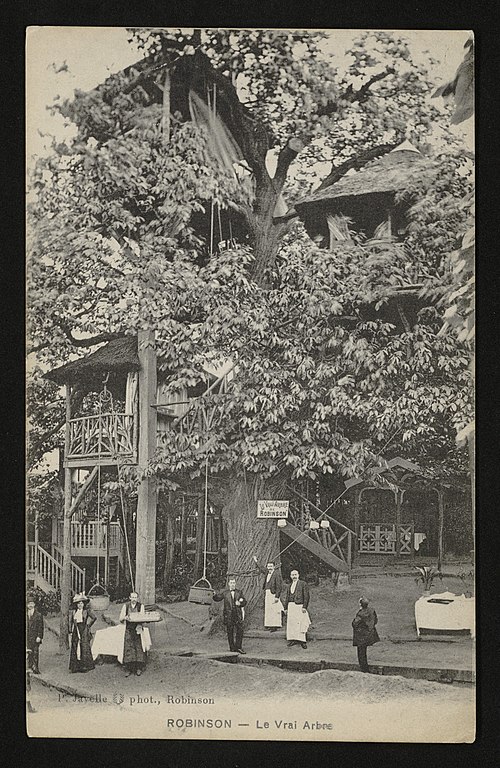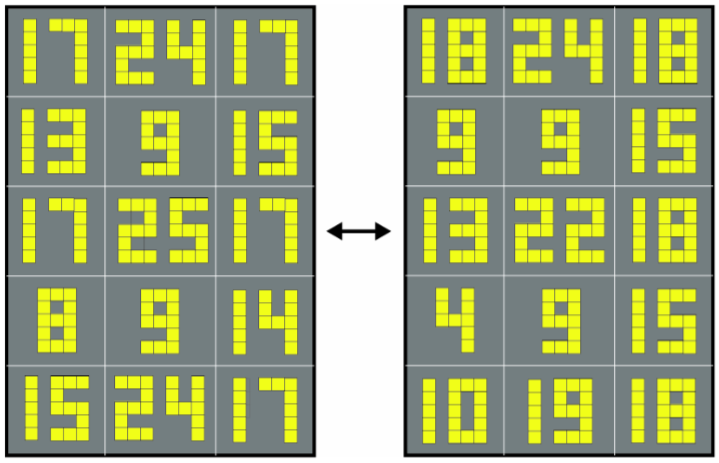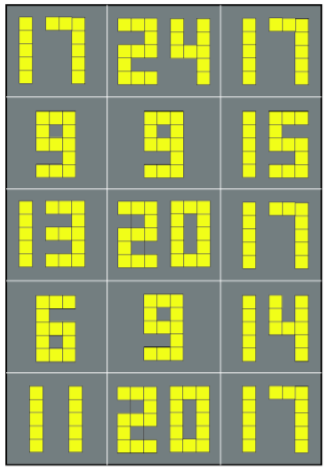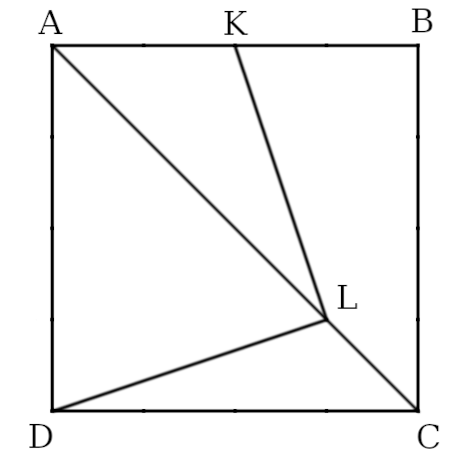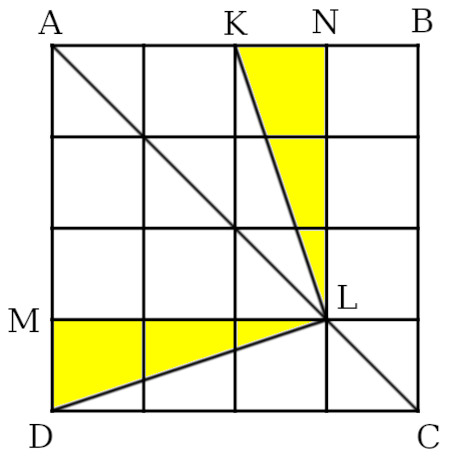John Bevis’ 2010 book Aaaaw to Zzzzzd: The Words of Birds collects the nonsense words that birders have invented to try to convey bird calls and songs:
ag ag ag ag arr: fulmar
beesh: scaled quail
bek bek bek: red-throated loon
chack-weet weet-chack: northern wheater
djadjadja: twite
ee woomp: bittern
hup-hup-a-hwooo: red-billed pigeon
kakakowlp-kowlp: yellow-billed cuckoo
kuk-kuk-cow-cow-cow-cowp-cowp: pied-billed grebe
quickquickquickquick: cuckoo
seedle seedle seedle chup chup: hermit warbler
tiutiu-tiutiutiuk-swee: yellowhammer
trrrrk: wrentit
tzew-zuppity-zuppity-zup: rufous hummingbird
weeta weeta weeta che che che: Lucy’s warbler
wheet-tsack-tsack-tsack: stonechat
zeeda-zeeda-zeeda-sissi-peeso: goldcrest
zoo zee zoo zoo zee: black-throated green warbler
Other interpreters have used actual words — the white-eyed vireo says, “Pick up the beer check quick!”


